
One of the reasons why there is so much mystery and confusion around grasping what the meridians actually are is most likely due to their association with Acupuncture and Moxibustion. Meridians can be best understood as pathways for the circulation of Ki (Chi), or subtle energy that exists in everyone and everything. This Ki is the driving force behind all action and movement in the Universe, it is behind our blood circulation, nervous impulses. Every movement, every vibration of every atom is driven by Ki; the Universal force that exists within all things, and is the base of all existence. Acupuncture, Meridian Exercise, Shiatsu, Moxibustion, and Chinese Herbal Medicine all aim to restore health and cure illness by improving the circulation of Ki in the body and dispersing stagnation. The central concept in Traditional East Asian medical practices is that all physical problems are a result of a restriction in the flow of Ki in the body and restoring this circulation is key to curing any illness.
Within the Japanese language, the word Ki is quite pervasive and can be used in relation to one’s physical, emotional, or mental state. Terms like genki (to feel well, or “have essential ki”), and kuki (air, or “empty ki”) are examples of how the term Ki became more or less disassociated with the concept of the circulation of vital energy along specific channels in the body.
Ki can be understood as the dynamic interplay between the living forces of nature as well as in human beings. The circulation of Ki is something which takes place in all life forms, from single-celled protozoans, to insects, animals, and humans; the action of Ki is one thing that all organisms have in common.
The basic life functions of locomotion, ingestion, elimination, reproduction, and defense, all depend on the functioning of the meridians. Through the structure and movement of the body, the movement of Ki is revealed in an observable form. The biomechanical and biophysical mechanisms that are set into motion by the action of Ki are related to specialized categories of structures and functions. We know that animal movement is driven by the musculoskeletal system, but we also know that single-celled organisms are also capable of movement even without the system that makes it possible for us. This observation reveals that the source of movement in lifeforms is beyond what we can see and observe. Ki is the word we call this force that all life has in common.
Thousands of years ago, the action of Ki drew the attention of Chinese philosophers and medical practitioners. Over time these actions were synthesized into six categories, each containing two of twelve Meridians, one Yin and one Yang.
During embryonic development three layers of structure are the first to develop. In early stages, a pocket informed and enclosed; this is called the endoderm, and eventually becomes the internal organs. The part of the embryo that stays exposed to the environment is called the ectoderm, and it will become the skin, which serves to protect and gather information about the environment. The mesoderm is the layer between the ectoderm and endoderm, and it provides structural support; later becoming the skeleton and muscles.
These three layers can be thought of as structural specializations of three basic modes of function that is common to all life. These three functional templates represented by the endoderm, ectoderm, and mesoderm are thus the fundamental to all living things.
The ectoderm serves as an interface between and organism and its environment through exchange and elimination, while gathering information about external changes that occur through circulation and defense.
The mesoderm serves as the mechanism for movement, not only as a structural support. The mesoderm is concerned with the intake and distribution of nutrition through the functions of ingestion and digestion. Conversely, the mesoderm is also concerned with the storage and distribution of the vital energy acquired.
The endoderm is concerned with the conversion and integration of energy taken into the body through the environment. It also regulates the supply of energy and activates or inhibits functions in different parts of the body for the purpose of purification and vitality.
The basic function of the mesoderm, endoderm, and ectoderm can be divided into the functions of the six Meridian pairs; transmission, regulation, decision, assimilation, awareness, fluid metabolism. These six functions can be further divided into the twelve basic life functions discussed in the previous three paragraphs. These twelve essential functions relate directly to the functional categorization of the Meridians. Six of these functions are associated with the six Yang Meridians and Organs, relating to more superficial areas of the body. The other six functions relate to deeper areas of the body, and are associated with the six Yin Meridians and Organs.
Elimination and exchange of Ki is controlled by the Large Intestine and Lung Meridians; one of the six pairs. The Triple Heater and Pericardium Meridians are the driving forces behind circulate and protection. These four Meridians together function to interact with the external environment and are related to the ectoderm.
The Spleen and Stomach Meridians are associated with ingestion and digestion, while the Liver and Gall Bladder Meridians are concerned with the storage and distribution of energy and nutrients in the body to support the physical structure both on the inside and outside, and are connected to physical movement. These are the functions related to the mesoderm.
The Organs and Meridians associated with the endoderm, coordinating the function of the internal organs include the Heart and Small Intestine Meridians, which are responsible for integration and conversion. The Kidney and Bladder Meridians are the other two organs related to the function of the mesoderm and work to supply vitality and purify our essence.
The order that energy circulates through the twelve Meridians follows the principle of Yin and Yang. How the ancient Chinese came to discover this order of energetic circulation is a mystery, but by studying the role of each Meridian in all aspects of life makes them more comprehensible. The rationale behind the order of the Meridians becomes clearer through the process of learning how they relate to essential functions. Understanding their functions allows us to appreciate the profound insights they offer into the fundamentals of life.
The order of energy circulation through the twelve Meridians starts at the Lung Meridian, and in succession passes through the Large Intestine, Stomach, Spleen, Heart, Small Intestine, Bladder, Kidney, Pericardium, Triple Heater, Gall Bladder and Liver Meridians.
-
The formation of a cell wall has been established by science as signification of the development of a new organism. This cell wall or membrane separates the internal environment from the external environment. The Lung and Large Intestine Meridians, being in charge of exchange of energy and elimination and their relationship with the skin and respiration are clues as to why these two come first.
-
After protection and exchange, the most important function of an organism is the ability to continue growing and developing. That is perhaps why the Spleen & Stomach Meridians come next, as ingesting and assimilating food into usable energy is a necessary vital function of life for an organism to survive and grow.
-
As an organism begins to form a boundary around itself, it must also form a center within itself. The Heart Meridian controls the entire organism from the center, integrating and coordinating all bodily functions. The Small Intestine Meridian converts nutrition into usable substances, under the centralized integrational control of the Heart Meridian. It is only natural that these Meridians would come next.
-
Digested materials are further refined and transformed into vital components necessary for different organ systems by the Kidney and Bladder.
-
The Pericardium and Triple Heater Meridians then serve the Heart Meridian by transporting these refined substances throughout all parts of the body for nourishment and protection.
-
The Liver and Gall Bladder Meridians are the last, as they function to store and release these substances as they respond to our ever-changing physiological needs.
Once the energy from the Liver Meridian returns to the Lung Meridian, one cycle is complete and the next cycle begins once respiration is adjusted according to the functional state of all the Meridians and Organs.
In Western society, we would naturally consider Organs as being a level of supreme importance, and the Meridians as being extensions or access points to treat them. But actually, problems arise as an imbalance in the supply of Ki to the cells of the body along the Meridians. Consequently an Organ becomes stressed by supporting this imbalance and its function becomes impaired. The result to this is the demand that the whole body pitch in to compensate for this imbalance and attempt to rectify it. That is the way to view the relationship between Meridians and their related Organs.
In conclusion, the function of the Meridians reflect our basic life functions and are intimately linked to the various systems and structures throughout the body. Through physical manipulation and stretching exercises, the Meridians can be stimulated and balanced, and stagnant Ki can be released. It is not to be thought of as an esoteric or mystical concept, but rather to be understood pragmatically and experienced personally.
Article Originally Published At naturalmobility.net







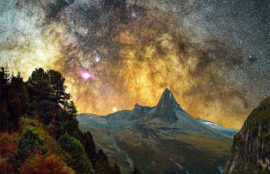
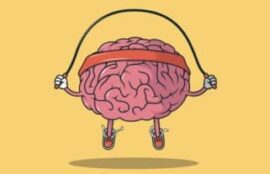
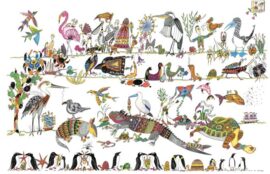




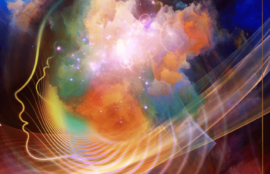

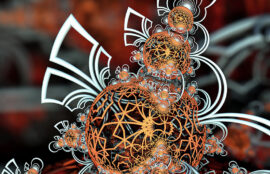
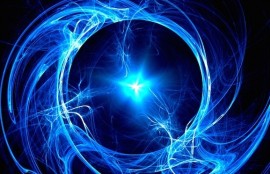
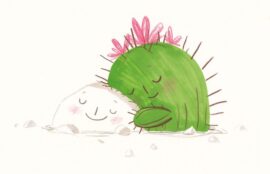




Sorry, the comment form is closed at this time.